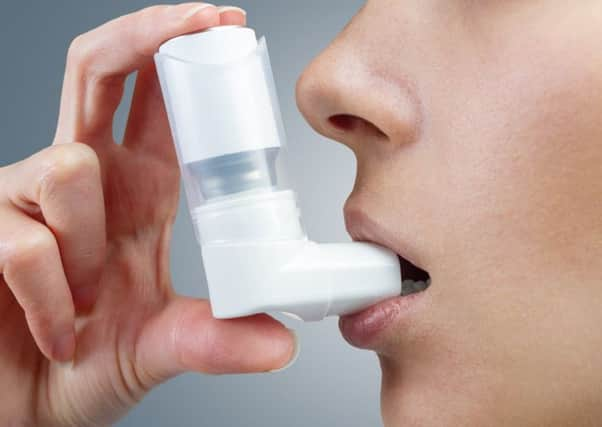Grant Sneddon: Poor housing link to asthma must be tackled


Disease was rife, death rates sky high.
It seems obvious now, but it wasn’t until a man named Henry Littlejohn began to research the source of the illnesses sweeping the city, that a definitive link between poor housing conditions and ill-health became apparent.
Littlejohn, the city’s Police Surgeon, was given the title of the city’s first Medical Officer of Health in 1862. He went on to be so successful in improving living conditions in the city, that he was knighted in 1895 by Queen Victoria.
Advertisement
Hide AdAdvertisement
Hide AdFast forward around 150 years and we may think that Littlejohn’s connection between health and living conditions meant the issue had been dealt with. Yet many are still suffering serious health problems linked to the poor condition of their homes.
According to a recent report from Glenrothes-based roof window manufacturer Velux,
Damp and dark homes across the country are still affecting the health of the people who live in them.
It’s annual Healthy Homes Barometer revealed UK residents living in dark, poorly-ventilated homes are 27 per cent more likely to report poor health conditions including asthma and chronic obstructive pulmonary disease. And people living in damp homes are 34 per cent more likely to suffer from poor health too.
We know instinctively that living in unhealthy surroundings is bad for our health. But the cost doesn’t ‘just’ impact on health and wellbeing - there are staggering financial costs to society of not bringing aging housing stock up to par. It’s a problem that stretches across Europe. According to the report, one in six European householders - the equivalent of the entire German population - are living in an ‘unhealthy’ damp or mouldy building.
They are more than 1.5 times (66 per cent) more likely to report poor health, and 40 per cent more likely to suffer from asthma, compared to those living in better accommodation.
There is a link with energy poverty too. Those who are unable to keep their homes comfortably warm in winter are twice as likely to report poor health and nearly three times more likely to report damp in the home.
The overall (direct and indirect) costs to European governments and societies of just two of the many diseases associated with damp living environments – asthma and chronic obstructive pulmonary disease – reach a staggering EUR 82bn per year.
Advertisement
Hide AdAdvertisement
Hide AdModernising existing ‘unhealthy’ buildings would not only lead to improved health outcomes, lower societal costs and reduced CO2 emissions.
The issue remains that the standard of many homes in the UK must be raised if we are to eradicate the link between housing and illness.
Only by maximising levels of daylight, reducing damp and properly ventilating housing stock in Scotland and the UK will we see an end to this correlation. It’s a challenge for Government, house builders and homeowners to address if we want to once and for all prevent homes from making us ill.
Grant Sneddon is product manager at Velux, Glenrothes